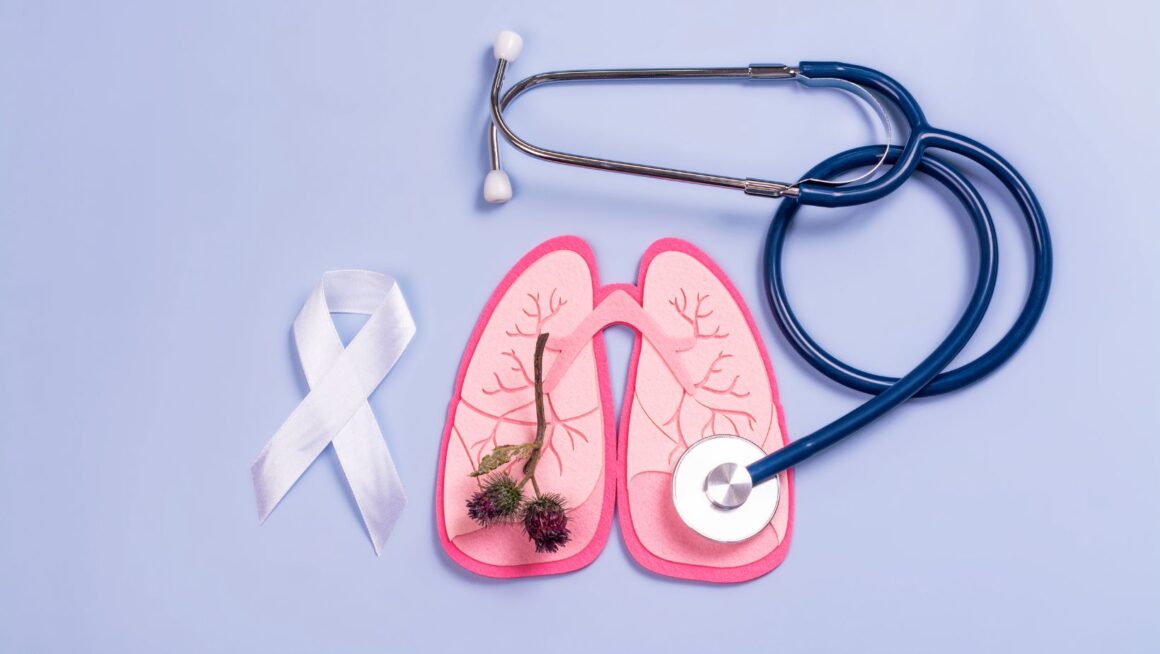Clinical trials are at the forefront of advancing treatments for lung cancer, offering hope through rigorous scientific investigation. Understanding the journey a potential treatment undergoes—from initial exploration to widespread use—is crucial for patients and caregivers navigating their options. Let’s break down the phases of lung cancer clinical trials, shedding light on each step’s purpose and significance in shaping future treatment options.
Phase 0: Exploratory Studies
Phase 0 trials, though less commonly known, play a critical role in early drug development. These studies involve a small number of participants and focus on understanding how a new drug behaves in the body. They help researchers determine if and how a drug reaches its intended target in the body and any early signs of effectiveness. While not focused on therapeutic benefits for patients, Phase 0 trials are instrumental in informing subsequent phases by providing vital pharmacokinetic and pharmacodynamic data.
Phase 1: Safety and Dosage
Moving into Phase 1, the primary goal shifts to evaluating the safety and determining the appropriate dosage range of a new treatment. Typically involving a small group of patients, Phase 1 trials aim to identify potential side effects and establish a safe dosage that can be tested further in subsequent phases. Participants in Phase 1 trials often have advanced lung cancer and may not have responded well to standard treatments, making safety assessments crucial before proceeding to larger studies. You can start looking for clinical trials for lung cancer today.
Phase 2: Efficacy and Side Effects
As treatment progresses to Phase 2 trials, researchers delve deeper into its efficacy and safety profile. These trials expand to include a larger group of patients, allowing for initial assessments of effectiveness against the disease. Phase 2 trials also continue to monitor and document any side effects, providing a more comprehensive understanding of how the treatment affects different individuals. Positive results from Phase 2 trials can pave the way for more extensive testing in Phase 3.
Phase 3: Comparative Effectiveness
Phase 3 trials are pivotal in determining whether a new treatment is more effective than existing standard treatments. Conducted with a larger patient population across multiple sites, Phase 3 trials often involve randomization to ensure unbiased results.

Comparing outcomes between the new treatment and standard options helps regulatory agencies and healthcare providers make informed decisions about treatment recommendations. Successful Phase 3 trials are typically required for regulatory approval of a new treatment.
Phase 4: Post-Marketing Studies
Even after a treatment receives regulatory approval, Phase 4 studies continue to monitor its long-term effects in a real-world setting. These studies aim to detect any rare or long-term side effects that may not have been apparent during earlier phases. Phase 4 trials also assess the treatment’s effectiveness over time and in diverse patient populations, providing ongoing data to guide clinical practice and inform future research initiatives.
Reasons to Read the Risks Involved in a Clinical Trial
Are you guilty of skipping over information that doesn’t interest you? This is something you can be tempted to do when it comes to clinical trials. You might be more interested in the benefits and what you can gain from the study. But, you skip over the risks. This isn’t a good idea, and you should always read all of the information carefully. Let’s take a closer look at why you need to read about the risks involved in a clinical trial first.
To Know the Side Effects
Some clinical trials will have many side effects. These could be minor, and only a small number of people will suffer from them. However, there are also trials that have more serious side effects, some of which you may not be comfortable with. Ensuring you know about the risks allows you to assess what those side effects are and whether you want to deal with them. You might decide that they’re too much for you, or you’re willing to take the risk.
To Gain the Whole Picture
It’s natural to focus on the end goal of the clinical trial. Maybe it’s for a new cure, and you’re testing out drugs, or you can see an end to some of your symptoms.

Either way, you must know the whole picture before you get involved in a clinical trial. Having all of the information at your fingertips is crucial to decision-making. Therefore, reading about the risks is an important part of the process. You know what you’re going to be facing and what could happen negatively. Then, you can balance everything out before agreeing.
To Enjoy Peace of Mind
Most people say that they’re excited to participate in a clinical trial. But you should also know that it’s natural to be nervous. You like to learn as much about the process as possible so you know what to expect. This is what reading the risks is all about. You’re going to know about the trial from all angles, and you will understand it better. Indeed, you can gain peace of mind.
Conclusion
In conclusion, each phase of a lung cancer clinical trial plays a vital role in bringing new treatments from the laboratory to patients in need. From Phase 0’s exploratory studies to Phase 4’s real-world monitoring, every step contributes valuable insights that shape the future of lung cancer care. By understanding these phases, patients and caregivers can make informed decisions about participating in clinical trials and contribute to advancements in treatment options. As research continues to evolve, ongoing clinical trials offer hope for improving outcomes and quality of life for individuals affected by lung cancer.



